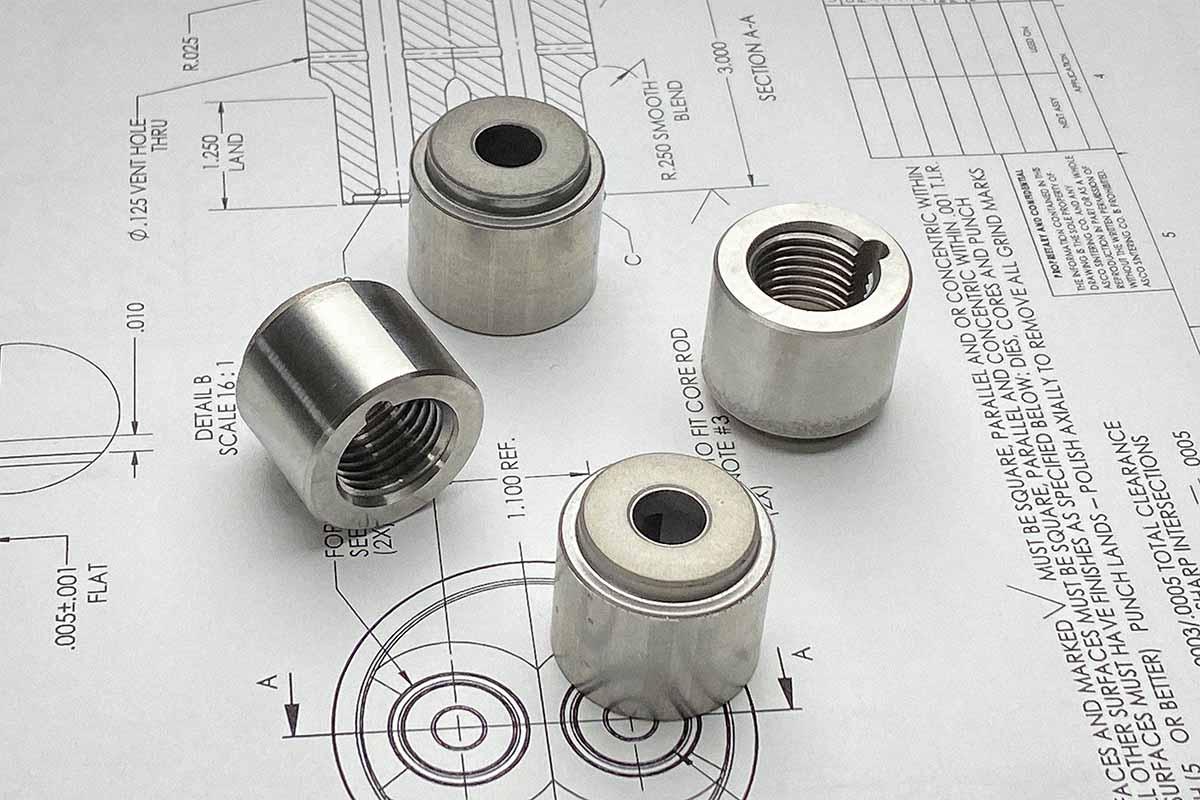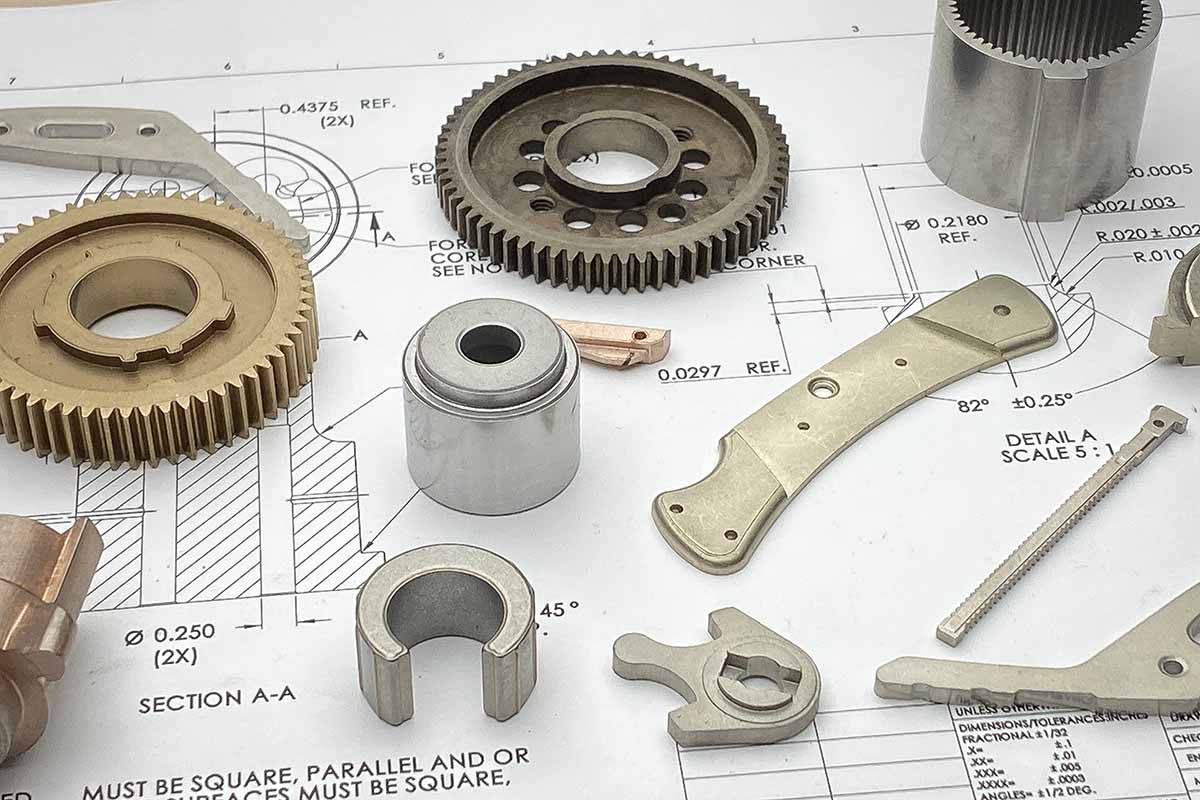Exhaust sensors are becoming more popular in modern vehicles. Today’s modern automobiles have hi-tech systems that depend on the data coming from various sensors. These sensors help to find out what the idle conditions are for engine efficiency, emissions, and fuel consumption.
Among those sensors, the exhaust sensor is one of the most important components of the vehicles that determine engine performance. This sensor facilitates the engine to run efficiently and also reduces harmful exhaust emissions.
What is an Exhaust Sensor?
An exhaust sensor, also known as a lambda sensor, is a part of the emissions control system. It is an electronic device used to determine the oxygen amount within the exhaust after the combustion.
The exhaust sensors are generally made of ceramic-coated zirconia tubes. They have ventilated metal covers to safeguard the tubes from breaking. A wire interconnects the inner surface of the zirconia tube and two platinum (Pt) electrodes to generate an output voltage. The ideal output voltage is 450 mV DC, where the air-to-fuel ratio reaches the optimum level. This point calls stoichiometric where an exhaust sensor is most sensitive.
Working Principle of Exhaust Sensors
The exhaust sensor generates a voltage signal that determines the temperature of the incoming exhaust gas. It also provides a signal output to the engine control unit or ECU that is proportional to air temperature. The ECU then takes action based on the output signal to optimize the air-to-fuel mixture and to generate the most efficient combustion.
When the ECU receives a low voltage (lean) output signal, it equilibrates by increasing the amount of fuel in the mixture. On the other hand, when ECU receives a high voltage (rich) signal, it heals the mixture by minimizing the amount of fuel in the mixture.
Symptoms of a Faulty Exhaust Sensor
The correct signal from the exhaust sensors determines the optimum air-to-fuel ratio for the vehicle engine in real-time. A faulty or bad exhaust sensor will have a negative impact on engine performance and environmental emissions.
Following are the symptoms that identify a faulty exhaust sensor:
- The engine warning light will show on the automotive dashboard.
- The vehicle will jerk when starting and misfire or run irregularly while idling.
- The engine will emit black smoke from the tailpipe (when the vehicle is running in a rich condition).
- It increases abnormal fuel consumption.
- It increases the exhaust temperatures that contribute to the premature failure of the internal engine components.
Applications of Exhaust Sensors
In modern automobiles, the exhaust sensors are used to determine:
- if the air-to-fuel mixture is in rich or lean condition
- if the engines burn their fuel efficiently and cleanly to reduce exhaust emissions
Besides automobiles, the applications of exhaust sensors also include diving respiration, fermentation, food packaging, pharmaceutical & medical, etc.
Exhaust sensor boss frequently made using powder metal technology, also made by ASCO Sintering





